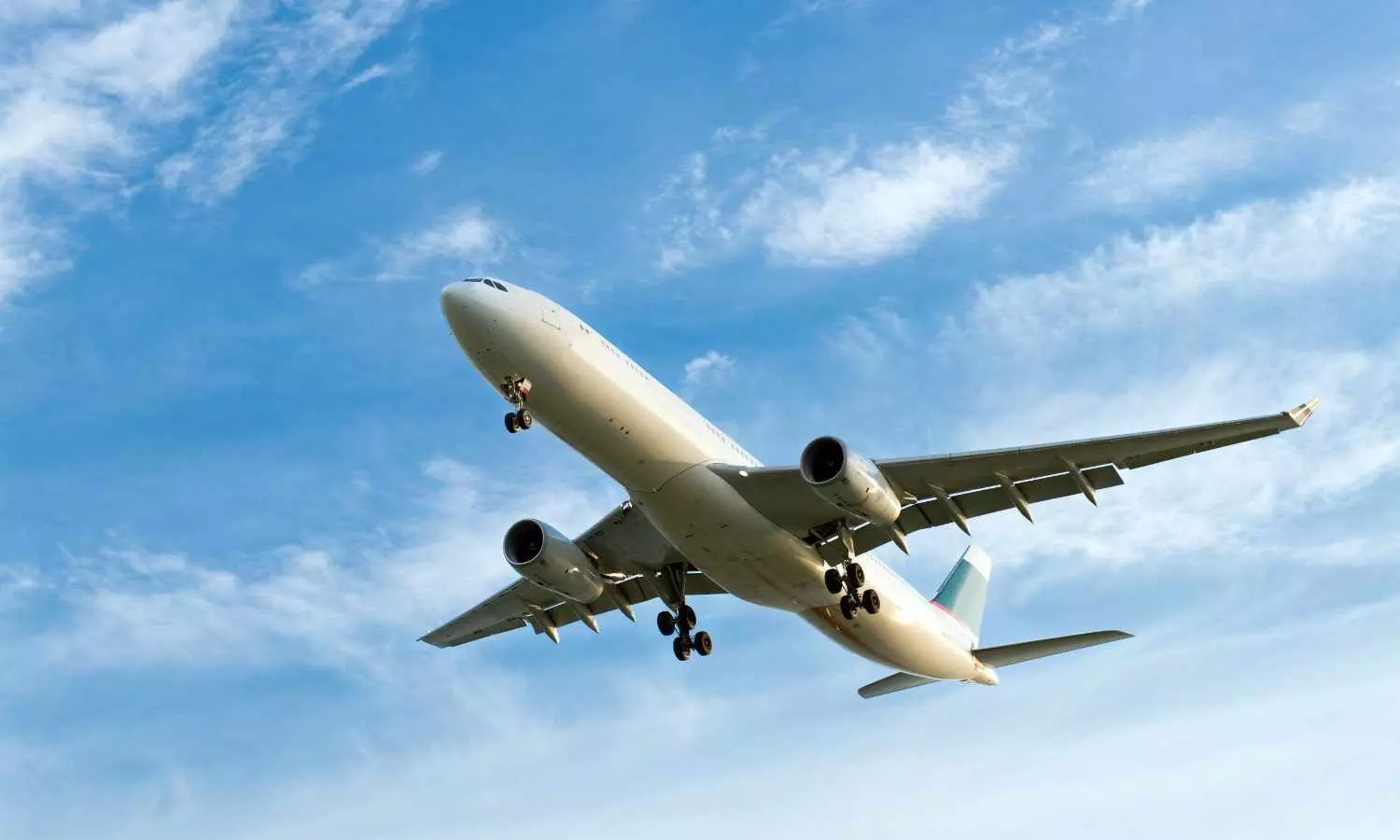Air Travel growth drives newer major airport hubs
Rapid global air travel recovery is reshaping airport hubs—find out which airports are growing fastest, emerging hubs, and major expansions driving the next wave of global connectivity in 2025.
Air Travel growth drives newer major airport hubs

Air travel is back in full force—and the latest data from 2024 reveals just how much global mobility has surged. The world’s busiest airports are once again teeming with travelers, reaffirming the vital role that aviation plays in tourism, business, and international connectivity. Based on total passenger traffic, these leading hubs serve as gateways to continents and are instrumental in shaping tourism flows worldwide.
According to aviation and tourism analysts, the 2024 numbers indicate a strong rebound in both leisure and business segments, with an expected global air passenger count exceeding 4.5 billion for the year.
Top Busiest Airports in 2024 (by Passenger Traffic) include Hartsfield–Jackson Atlanta International Airport (USA) handling 108 million passengers; Dubai International Airport (UAE) 92.3 million passengers; Dallas Fort Worth International Airport (USA) 87,8 million passengers; Heathrow Airport (UK) Passengers: 8.39 crore (83.9 million); Denver International Airport (USA) 82.4 million passengers; O’Hare International Airport (USA) 80 million passengers; Istanbul Airport (Turkey) 79.9 million passengers; Indira Gandhi International Airport (India) 77.8 million passengers; and Shanghai Pudong International Airport (China) 76.7 million passengers
These airports are not merely transport nodes—they are economic powerhouses that drive hospitality, retail, trade, and international tourism.
When looking at seat capacity - the number of airline seats filled by carriers from each airport – Tokyo Haneda is the only large Asian airport to have surpassed 100 million seats. However, Shanghai Pudong, Beijing Capital, and Delhi are all close behind with between 90-95 million scheduled airline seats in 2024.
The Asia-Pacific region is experiencing a significant surge in air travel, with IATA projecting that passenger numbers will double by 2043. To cope with this strong demand, airports in the region are undertaking extensive development work to upgrade existing facilities and build new airports between 2025 and 2035 and beyond.
Changi Airport (Singapore) Terminal 5: Construction on the new mega-terminal began in May 2025 and will add passenger capacity of approximately 50 million (taking the airport from nearly 90 million to approximately 140 million by mid-2030s). A third runway extension is also planned by 2027.
Hong Kong International Airport: Ongoing expansion includes a third runway and new terminal facilities, which will increase capacity from the current 74 million up to 104 million in the short term, and 120 million passengers per year in the long run.
The expanded Terminal 2 will begin phased operations in September 2025 with new check-in facilities and other related features scheduled to open in early Q2 of 2026.
The concourse and new arrival services are then planned for launch in 2027.
Suvarnabhumi Airport (Bangkok):
Expansion plans include construction of a fourth runway and new South Terminal at Thailand’s largest airport, which will increase the airport’s operational capacity from 65 million to approximately 150 million passengers per year by 2033.
Incheon International Airport (Seoul): Phase 4 expansion of the airport was completed in December 2024 and included new terminal capacity and a fourth runway, boosting capacity from 77 million to 106 million.
A third passenger terminal and a fifth runway to support Low-Cost Carriers (LCCs) and additional international services is under review.
Long Thanh International Airport (Ho Chi Minh City): Vietnam’s brand-new airport is currently under construction with the goal of handling 100 million passengers annually across four terminals and runways.
Phase 1, scheduled for completion by 2026, will focus on building one runway, a passenger terminal, and supporting facilities with a capacity of 25 million passengers and 1.2 million tons of cargo annually.
Phase 2, expected by 2035, will add a second runway and terminal, increasing capacity to 50 million passengers and 1.5 million tons of cargo.
Finally, Phase 3 will see further expansions to reach the airport's full designed capacity of 100 million passengers and 5 million tons of cargo by 2050.
Philippines (Greater Manila region): The strategy for the Manila area is to relieve congestion at Ninoy Aquino and Clark International Airports by constructing a third airport. The new Manila Airport (Bulacan) will be developed in phases, with an initial capacity of 35 million passengers annually, and a target of 100 million passengers annually once fully completed.
Meanwhile, the existing international gateway at Ninoy Aquino Airport will get a new terminal, expanding capacity by 35 million annual passengers and freeing up space in the existing 3 terminals for renovation.
There is also further development planned at Sangley Point Airport - the existing domestic airport will be expanded into an international airport over three phases, ultimately upgrading it to four runways and a potential capacity of 75 million passengers annually.

